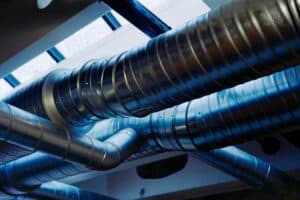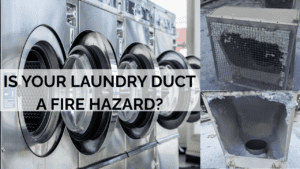Building wellness is to the current era what green buildings were in the early 1990s. With the introduction of international accreditation standards and the UK Governments’ Clean Air Strategy 2019, addressing building wellness is no longer an optional extra.
Efforts have been significantly increased in terms of building wellness design. Including certifications and standards that promote better Indoor Air Quality (IAQ). They aim to make buildings support and promote health and the wellbeing of its occupants.
Certifications & Standards
WELL aims to measure, certify, and monitor the features of a building that are likely to impact the health and overall wellbeing of building occupants. The new version has 11 categories of wellness called ‘Concepts’ and IAQ is the first.
Focussing more on sustainability, building materials, energy efficiency and the environment, the LEED green building certification complements WELL, which assesses human sustainability.
Fitwel also helps employers to evaluate all elements of building design to create a healthy workplace. Some of its strategies will limit harmful airborne pollutants, reduce workers’ exposure to them and also ensure their quick elimination to improve IAQ.
The introduction of The British Council for Offices’ (BCO) study in 2018 – “Wellness Matters: Health and Wellbeing in offices and what to do about it” – is driving improvements in IAQ and states the business case for investment in it.
BREEAM, the world’s leading sustainability assessment method for master planning buildings, has also introduced an Indoor Air Quality plan to enhance the wellbeing of the people who live and work in them.
Do you want to know more?
Plasma Clean has produced a definitive guide – How Indoor Air Quality can contribute to a Happy and More Productive Workforce – which you can download for free.








